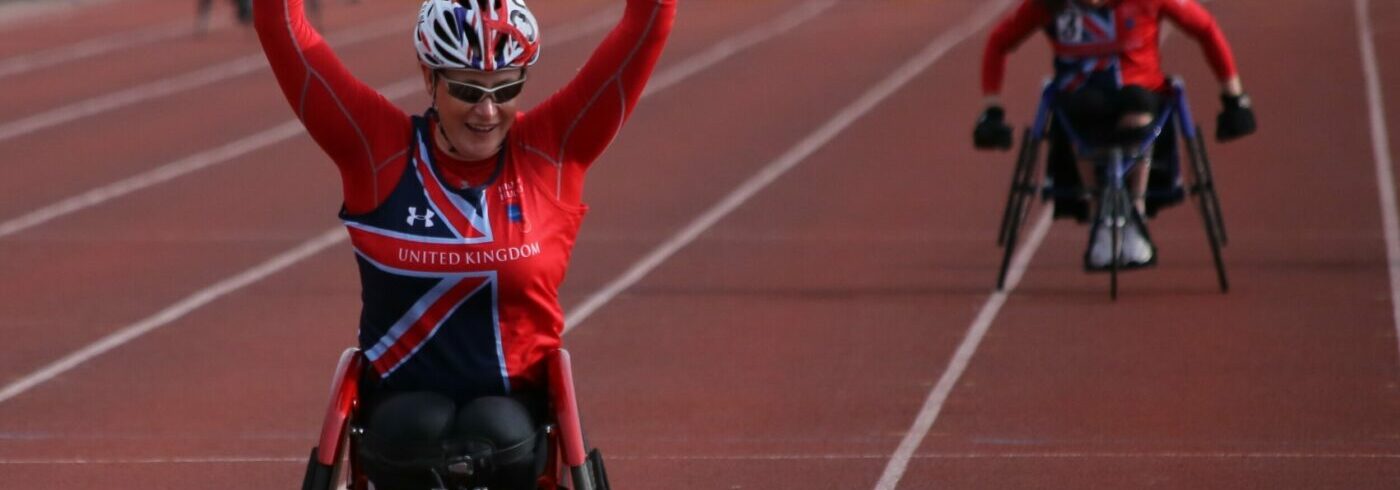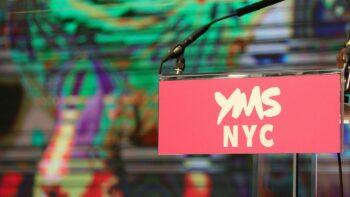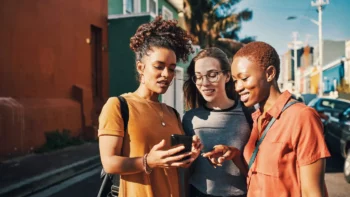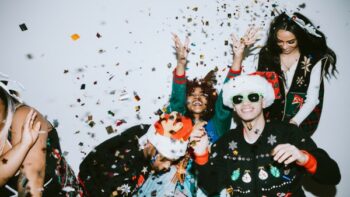
The Paralympians That Are Taking Over TikTok and Why Gen Z Loves Them
Voxburner Content Team
We’re a few days away from the closing ceremony of the 2020 Paralympics, and despite being a year late, it seems to have been more high-profile across social media than ever before. According to our insights, 40% of Gen Z get inspiration from TikTok, and thanks to the platform, Paralympians have been sharing their stories, educating and inspiring people on their disabilities and sports, encouraging conversation and tackling taboos.
But who are some of the biggest Paralympian names and accounts on TikTok, why are Gen Z engaging with the sporting event and demanding disability awareness more than ever before, and what can brands take away from this?
Anastasia Pagonis – Followers: 2M; Likes: 62.2M
As she says in her TikTok bio, Anastasia Pagonis is ‘changing the way you see visually impaired’ people. Professional athletes are traditionally considered to be superhuman, with unimaginable routines and unrealistic lifestyles; Anastasia rejects these views, using her TikTok to tackle the stigma that surrounds her lifestyle and disability. Gen Z value two-way conversation, and by showing her personality and participating in viral trends, as well giving her followers an insight into life at the Paralympic village, she engages with her viewers and values discussion. Anastasia films videos such as ‘How do I travel blind?’ and ‘Do u know the difference between Paralympics and Special Olympics’, and generally helps to educate people about her disability and inspire viewers.
Justin Phongsavanh – Followers: 29.9K; Likes: 440.1K
Justin is a Javelin thrower for Team USA, and his videos range from stories about becoming paralyzed and how he has adapted to everyday life, to providing an insight into his strict training regime. Speaking about why he started the channel, Justin has previously mentioned that it was a way of educating people about how and why he competes.
Despite not being particularly slick or adventurous in terms of editing, Justin’s videos often amass thousands of views (with one getting 15.8M), suggesting that inspirational and interesting content can matter more to TikTok’s audience than on-brand and slick visuals.
Stef Reid MBE – Followers: 4,216; Likes: 28.1K
Stef really taps into the ‘behind the scenes at the Olympics/Paralympics’ genre of TikTok, uploading videos like ‘Breakfast at the Paralympics’ and ‘Tokyo 2020 kit has arrived!’. She also answers questions about being an amputee (although not necessarily in a completely serious way…) and takes part in fitness challenges, raising awareness for amputees and proving what they’re capable of. Stef is also a public speaker and broadcaster, and isn’t afraid to tackle taboo topics head-on.
ParalympicsGB – Followers: 2,719; Likes: 17.0K
Whilst the account doesn’t have as many likes as athlete-led accounts, Paralympics GB gives Paralympians across the country the opportunity to share their sports and disabilities. One of the highest viewed videos is with Dame Sarah Storey, who answers a young girl’s question about how to do a one-handed ponytail. 42% of Gen Z’ers who say they get inspiration from TikTok state that they like the platform because it shows that other people struggle with the same things that they do – by sharing their stories and answering questions, Paralympians on TikTok are reaching out to viewers who may share their disability and connecting with them.
These athletes aim to inspire young people and educate them about disabilities, and this aligns with some of the key values that Gen Z demand: inclusivity, equality and representation. According to our US Youth Trends Report 2021, 73% of Gen Z want to see people with disabilities better represented in adverts. Trending hashtags on TikTok like #disabilityawareness (647.6M views) suggest that Gen Z is more invested in disability awareness than ever before, and thanks to the platform’s popularity and user-friendly nature, Paralympians have been able to connect with younger generations in a new and engaging way. Gen Z’s demand for more inclusivity and diversity means that they want brands to accommodate it in both in their advertising and their values – they can see straight through simple marketing campaigns, and demand change to be made across the board, both internally and externally.
So, the overall message for brands? Join in on the education, celebrate and start conversations about disability, and use what you’ve learnt to implement positive change within your community.
Want more content like this? Subscribe to Voxburner+ for access to exclusive reports, webinars, and more.



